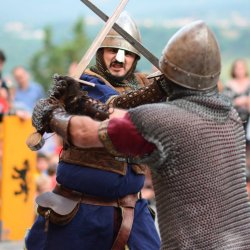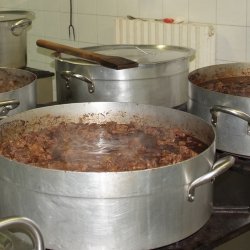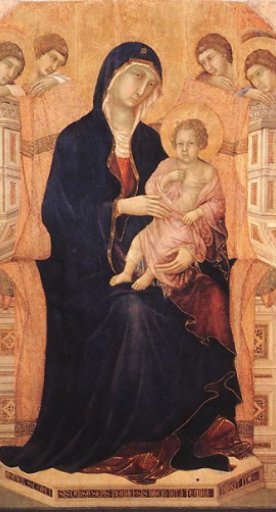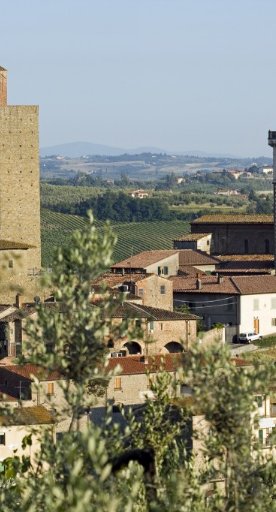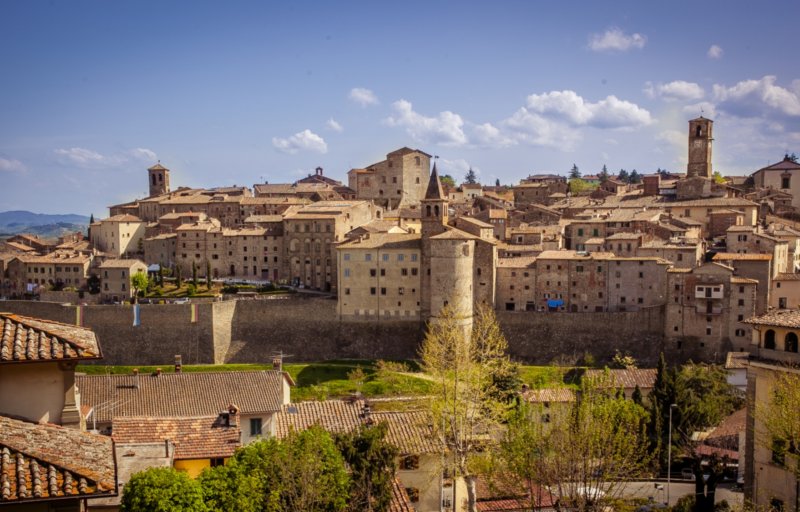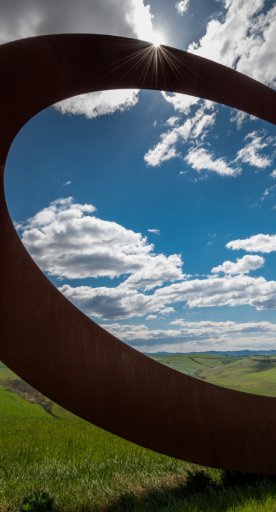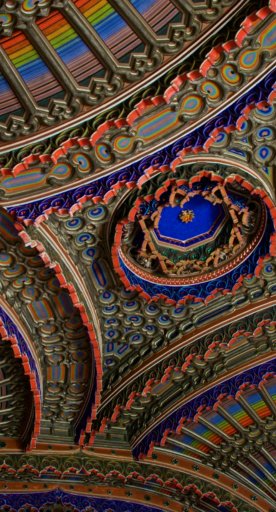
Valdarno: Masaccio and his homeland
A tour to discover where the Renaissance artist invented perspective
A revolutionary painter in Renaissance Florence, famous for having invented perspective in painting, Masaccio left exemplary works throughout Tuscany, both in Florence but also in the Valdarno, his birthplace and where he perfected his skill.
The tour around his homeland begins in Cascia, a village in the Reggello municipality. The artist’s Triptych of San Giovenale was placed in the Church of San Pietro; the Madonna and Child with Two Angels among Saints Bartholomew and Blaise, Juvenal and Anthony the Abbot is now displayed in the adjacent Masaccio Museum. The painting, completed in 1422, is of great importance as it is evidences Masaccio’s early work, inspired by Brunelleschi’s new use of perspective.
Continuing toward Incisa Val d’Arno, the Church of Sant’Alessandro houses Madonna and Child among the Archangel Michael and St. John the Apostle, which is attributed to Andrea di Giusto, demonstrating Masaccio’s artistic influence.
Situated along the main street in San Giovanni Valdarno, the Masaccio Museum has a typical protruding medieval appearance. The façade corresponds in size to the ten Florentine arms assigned to all medieval residences of the San Giovanni castle – it is characterized by two sets of pietra serena-edged windows and dominated by two marble epigraphs and a terracotta medallion featuring the artist’s portrait, put there purposefully by the Pellucci-Marcantelli family on the 500th anniversary of the artist’s birth (1901-03). Masaccio’s birthplace is now home to a contemporary art gallery.

